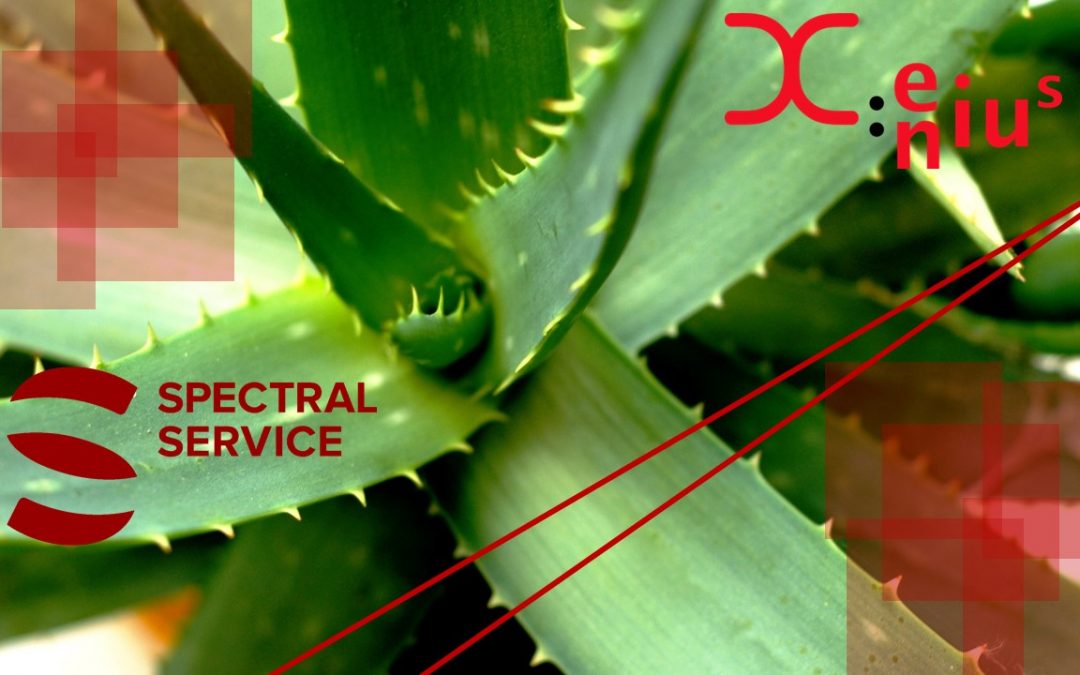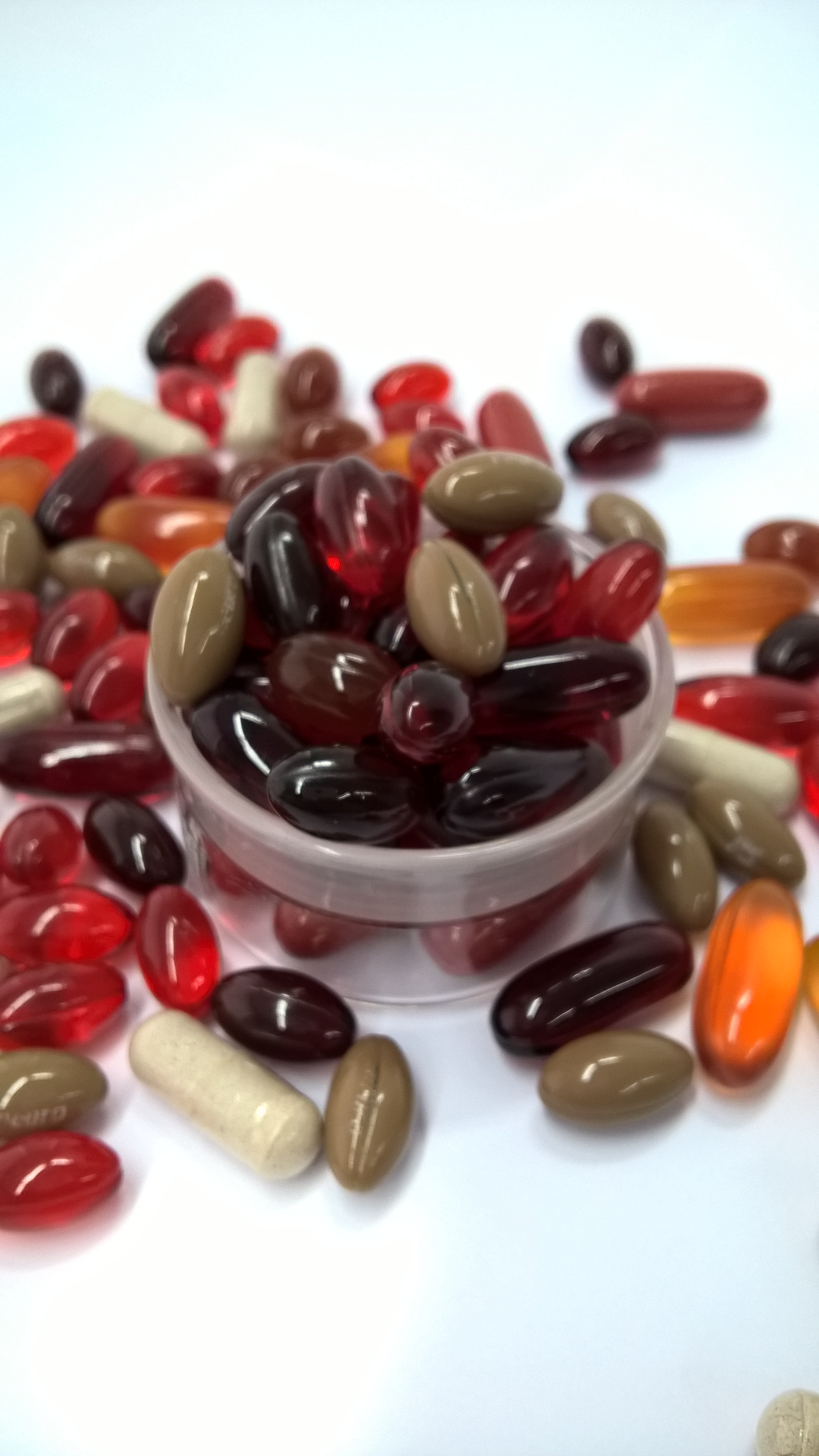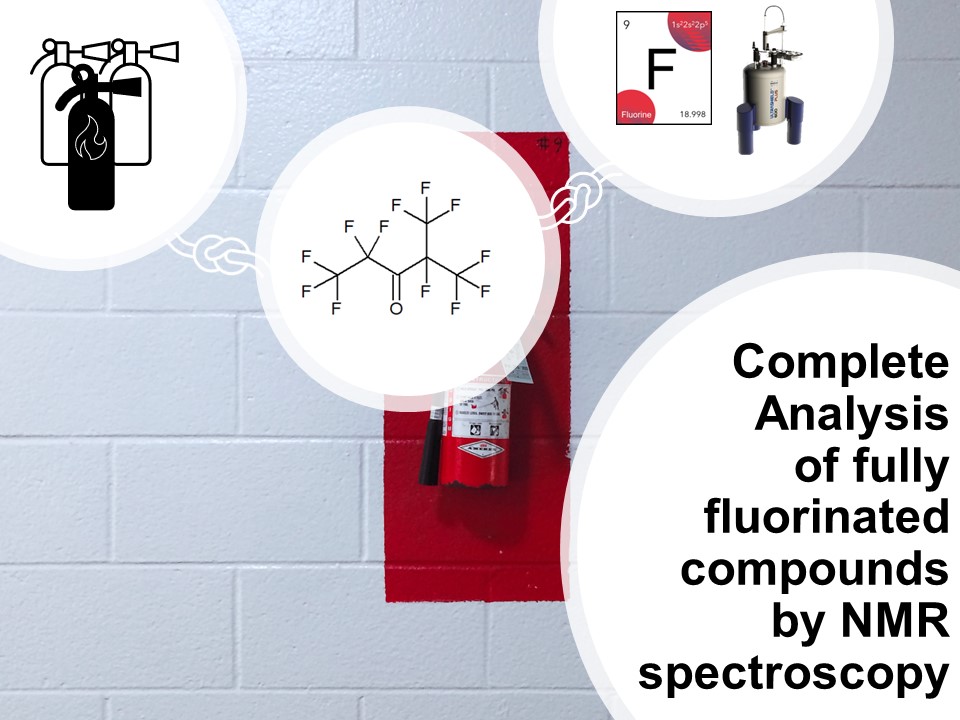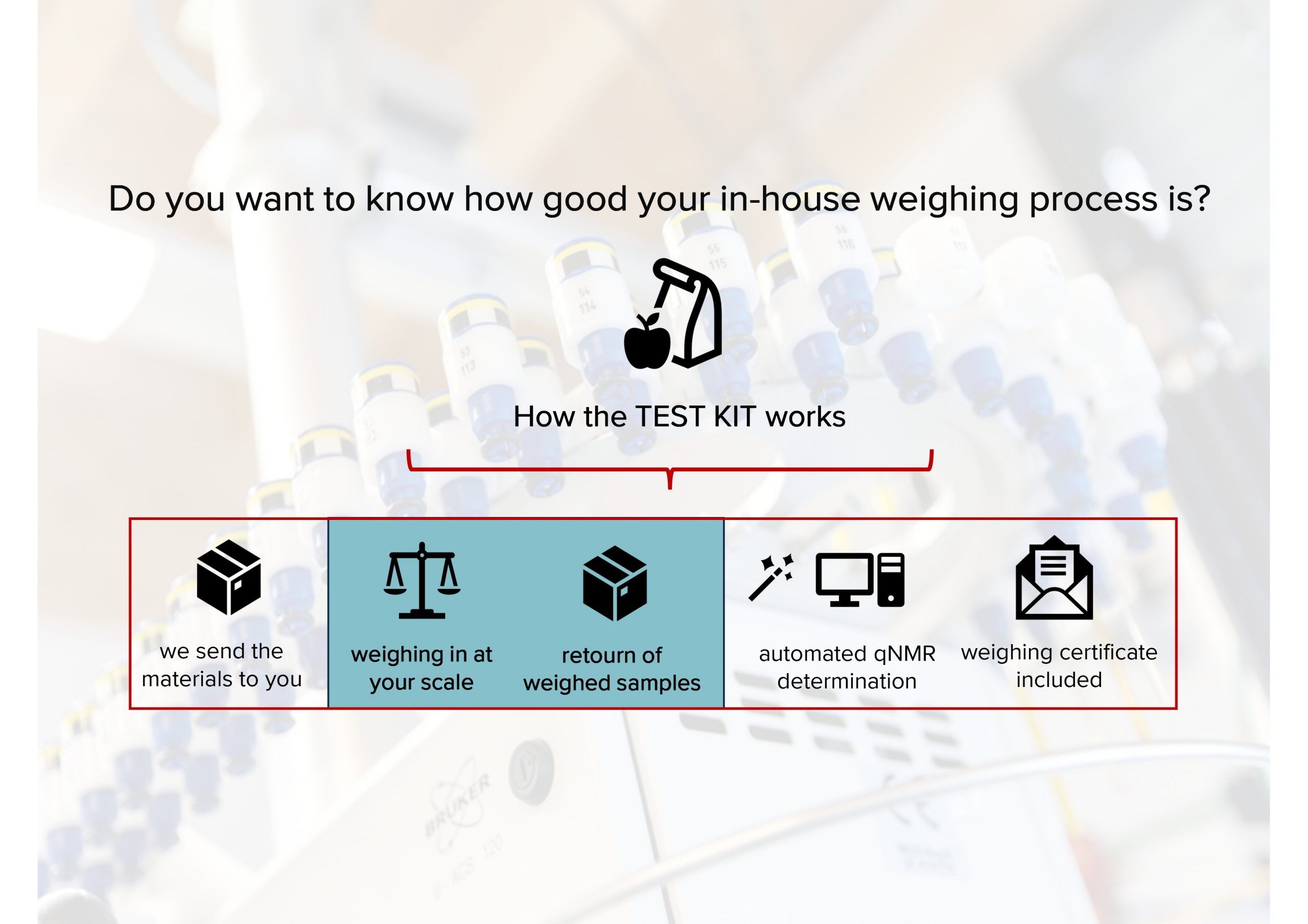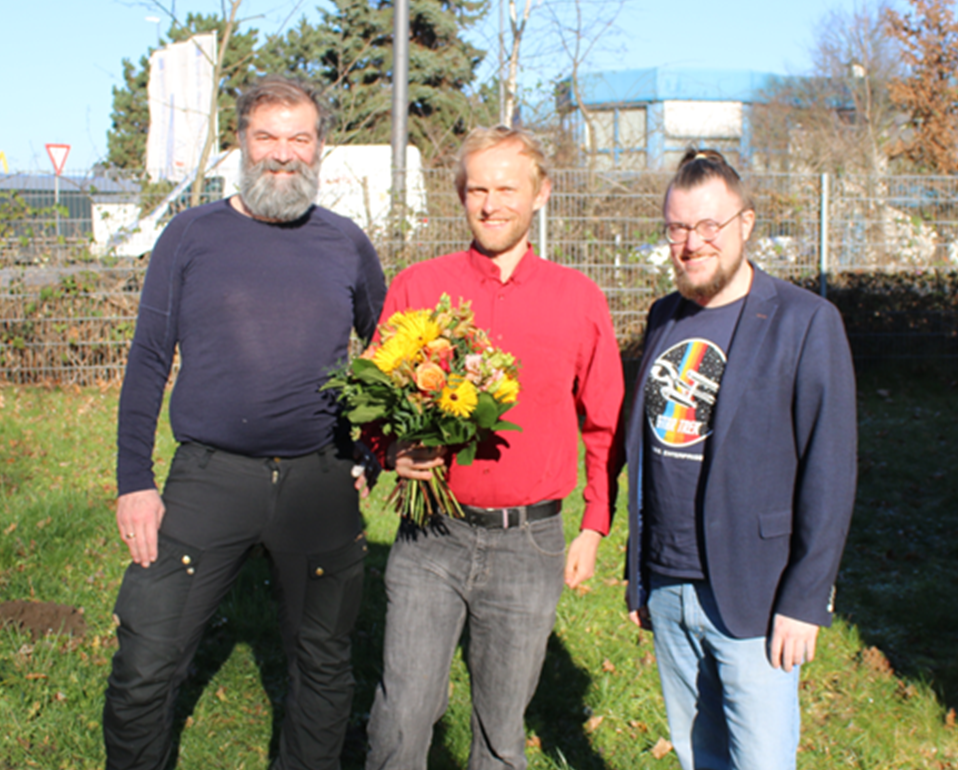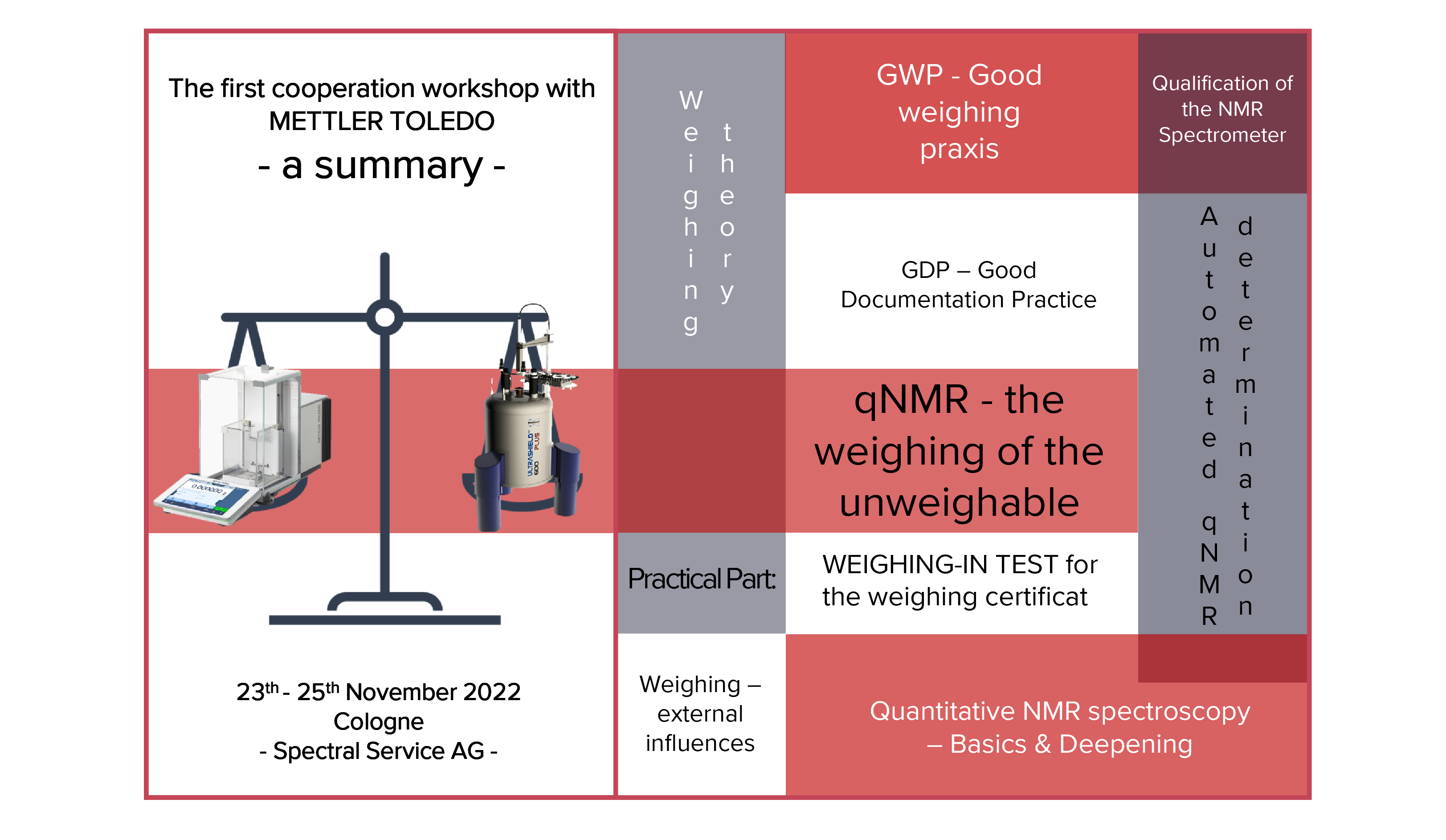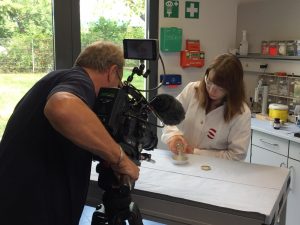
Fig. 1: Preparation of liquid Aloe Vera juice for the freeze-drying process.
We analyze routinely fresh and processed Aloe vera – leaves, juice, powder – from all over the world. In the Xenius documentary (click here) we presented how the Aloe vera sample is prepared for the NMR analysis, how the NMR experiment is set and what information can be extracted from the NMR spectrum.
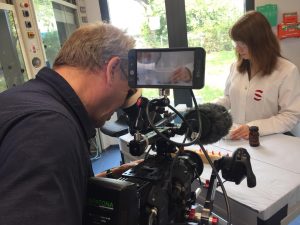
Fig. 2: Freeze-dried Aloe Vera powder is ground in mortar, dissolved in the appropriate deuterated solvent and transferred into an NMR tube.
By using NMR spectroscopy several substances can be analyzed simultaneously within only one measurement: the main components aloverose (polysaccharide), glucose and malic acid; degradation products such as lactic acid, acetic acid, succinic acid, fumaric acid and formic acid; and lastly additives. The Aloe Vera analysis by the powerful NMR technique is presented in our last “Aloe vera” blogpost.
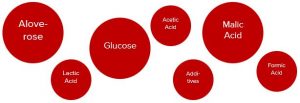
Fig. 3: Aloe Vera ingredients; simultaneous analysis by NMR spectroscopy
“Was the only the gel or the whole leave used for the product?”, „Is it pure Aloe Vera?“, „Is the Aloe Vera fresh or degraded?“ – these are questions which can be easily answered by NMR spectroscopy. Within only one analysis run!
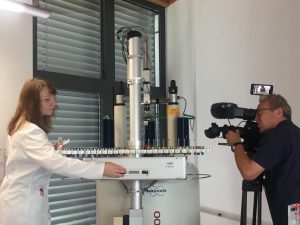
Fig. 4: The prepared Aloe Vera sample is analysed by a NMR spectrometer (Bruker, 500 MHz)
